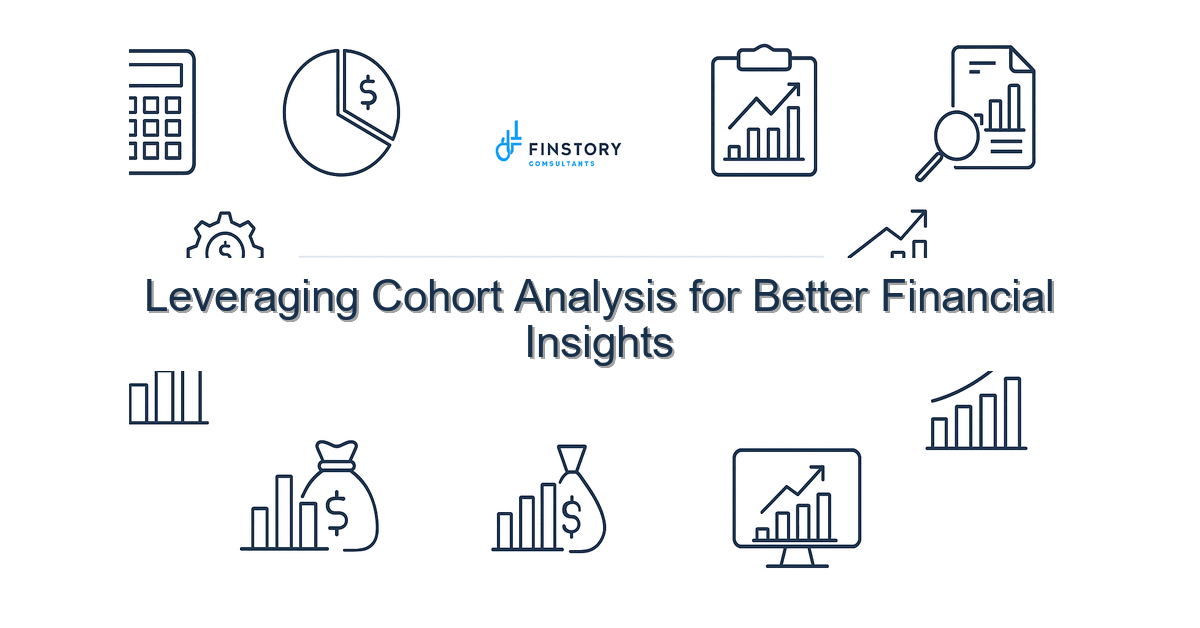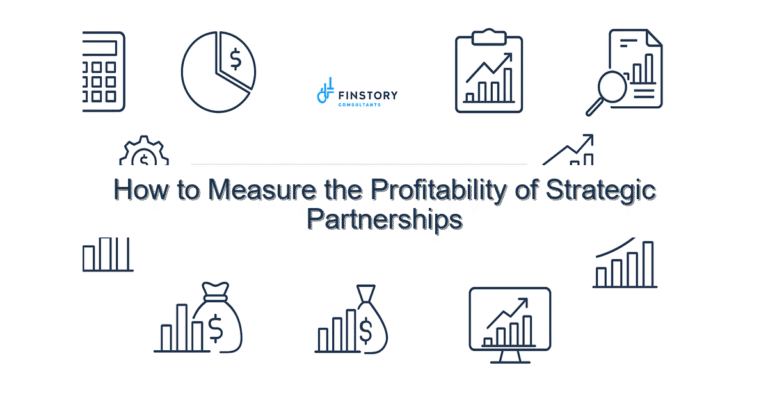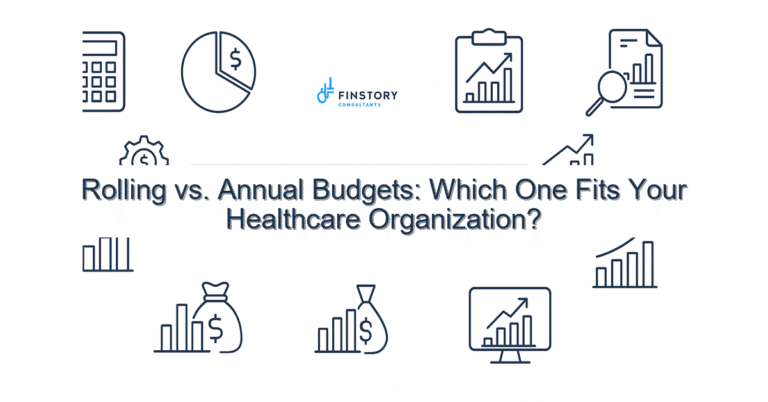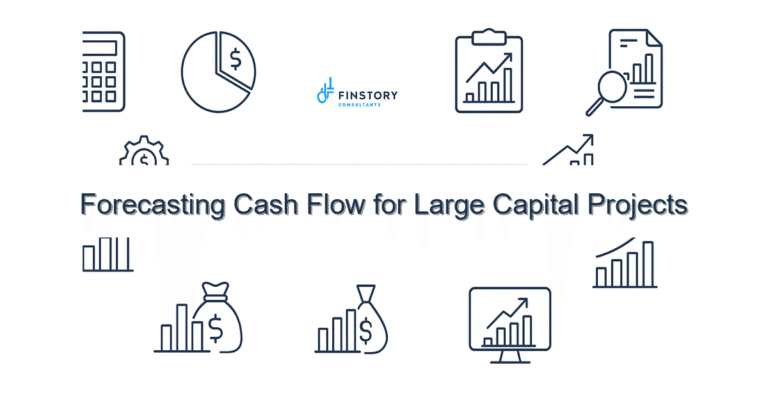Leveraging Cohort Analysis for Better Financial Insights
You’re juggling patient care priorities, reimbursement shifts, and shrinking margins. Cohort analysis gives you a way to cut through the noise—so your finance team and operations leaders can see patterns that actually drive decisions.
Summary: Cohort analysis turns transaction-level health system data into trend lines that reveal which patient groups, payers, or service lines drive cash, collections, and margins—helping you prioritize interventions that improve cash flow and forecast accuracy.
What’s the real problem?
Healthcare organizations often treat financial performance as a flat spreadsheet: totals by month or department. That hides the dynamics—how revenues, denials, and collections behave over time for different groups. Leaders end up reacting to surprises instead of preventing them.
- Symptoms: slow month-end close because teams chase answers across systems.
- Symptoms: forecasts miss by several points because one-time events mask true trends.
- Symptoms: uneven cash collection; some payers and service lines consistently lag.
- Symptoms: expensive operational fixes applied broadly rather than targeted where they work.
What leaders get wrong
Leaders usually mean well, but a few recurring mistakes hold teams back:
- They focus on aggregated KPIs (total revenue, total A/R days) and assume those trends apply evenly across the organization.
- They treat data pulls as one-off projects instead of building repeatable cohorts that update automatically.
- They rely on intuition or anecdote to prioritize interventions rather than following cohort signals (e.g., payer cohorts showing deteriorating collectability).
- They bury cohort analysis in long reports rather than putting clear visualizations into leadership reporting where decisions happen.
A better approach
Think of cohort analysis as a lens: group similar cases, watch them over time, and act on patterns. Here’s a practical framework you can start with this quarter.
- 1. Define meaningful cohorts. Start with admission/discharge month, primary payer, and service line. Those keys often explain most variability.
- 2. Link cohorts to financial outcomes. Track billed charges, allowed amounts, denials, collections, and days-to-collect for each cohort over successive periods.
- 3. Visualize trends. Build decay curves (collections by week/month since billing) and cohort heatmaps to show where performance diverges.
- 4. Integrate into forecasting and ops. Use cohort curves to adjust cash forecasts, staffing for collections, and denials workflows by payer or service line.
- 5. Iterate with a pilot. Run a focused pilot on one high-volume service line, validate hypotheses, then scale the approach.
Real-world note: a mid-sized health system we worked with segmented by payer and discharge month and found one commercial payer cohort collected 18% slower than others. By shifting a small team to chase that cohort’s denials and changing claim submission logic, they reduced A/R days by 12% in six months—enough to relax short-term borrowing and reinvest in coding training.
Quick implementation checklist
- Identify 3–5 cohort keys to start: discharge month, payer, service line, and clinician group.
- Pull 12 months of transaction data: charges, adjustments, payments, denials, and claim dates.
- Create cohort tables that map each patient episode to a cohort ID.
- Build collection decay curves (percent collected at 30/60/90/180 days) per cohort.
- Set up a Power BI or reporting view with cohort heatmaps and drill-downs to claim level.
- Automate monthly refreshes via finance automation tools or ETL jobs.
- Run a 90-day pilot on one service line and validate forecast adjustments.
- Document playbooks for interventions (e.g., payer-specific appeal templates).
- Train controllers and FP&A on interpreting cohort curves and using them in leadership reporting.
What success looks like
- Forecast accuracy improves: variance to actuals drops from ±8% to ±3% within two quarters.
- Cash collection acceleration: percent collected at 90 days increases by 10–20% for targeted cohorts.
- Cycle time reduction: days sales outstanding (DSO) drops 8–15% for high-impact cohorts.
- Operational ROI: collection uplift generates a positive ROI within 3–6 months for the pilot cohort.
- Process efficiency: month-end close time shortens by 20% because cohort dashboards point to root causes quickly.
Risks & how to manage them
- Risk: Bad cohort definitions that hide variability. Mitigation: Start simple, validate with controllers, and refine cohorts after two cycles.
- Risk: Data quality issues (duplicate claims, mismatched IDs). Mitigation: Run data reconciliation scripts and involve coding/revenue integrity teams early.
- Risk: Change fatigue—teams ignore new dashboards. Mitigation: Tie cohort insights to a single prioritized action per week and show quick wins to build momentum.
Tools & data
Cohort analysis doesn’t require exotic tools, but it does need reliable data and automation. Use finance automation to schedule ETL jobs, Power BI for interactive cohort visualizations, and embed findings into leadership reporting so CFOs and COOs see actionable trends at a glance.
Controllers should own data validation. FP&A can own forecasting adjustments. Operations leaders translate cohort signals into clinical or payer-focused process changes.
Next steps
If you want to move from theory to impact this quarter, pick one service line and one payer to pilot cohort analysis. Set a 90-day goal (e.g., reduce DSO by X% for that cohort) and assign accountable owners from finance and operations.
Want help designing the cohort strategy, building the dashboards, and running the pilot? Contact Finstory and we’ll map a pragmatic plan together—no long reports, just measurable outcomes.
Work with Finstory. If you want this done right—tailored to your operations—we’ll map the process, stand up the dashboards, and train your team. Let’s talk about your goals.
📞 Ready to take the next step?
Book a 20-min call with our experts and see how we can help your team move faster.
Prefer email or phone? Write to info@finstory.net
or call +91 44-45811170.






